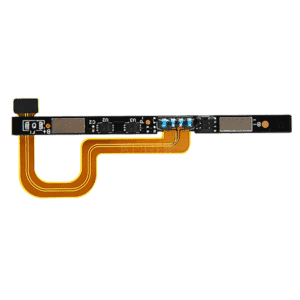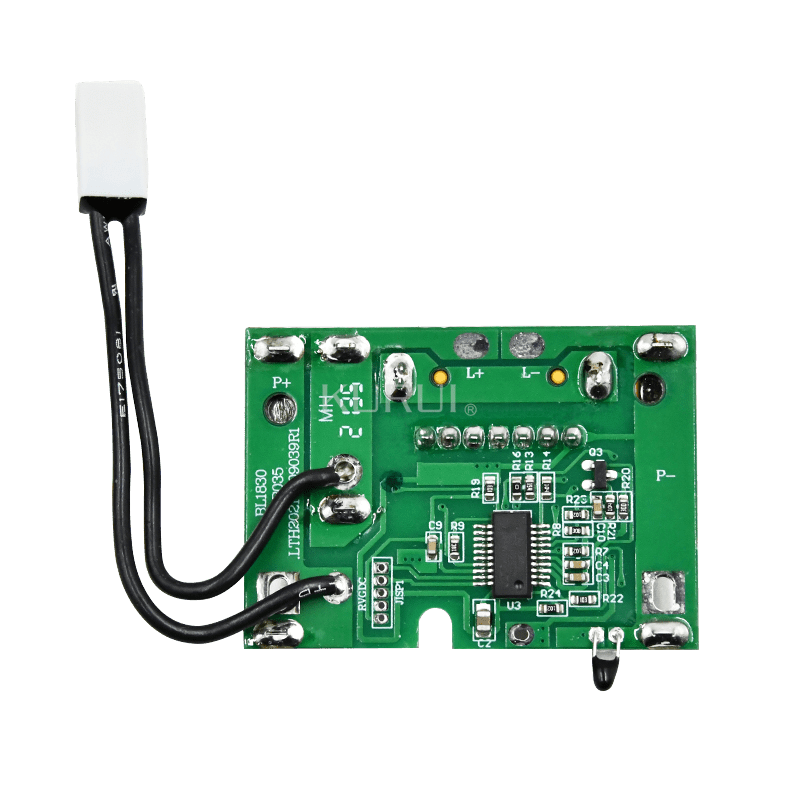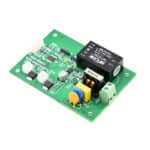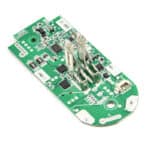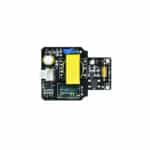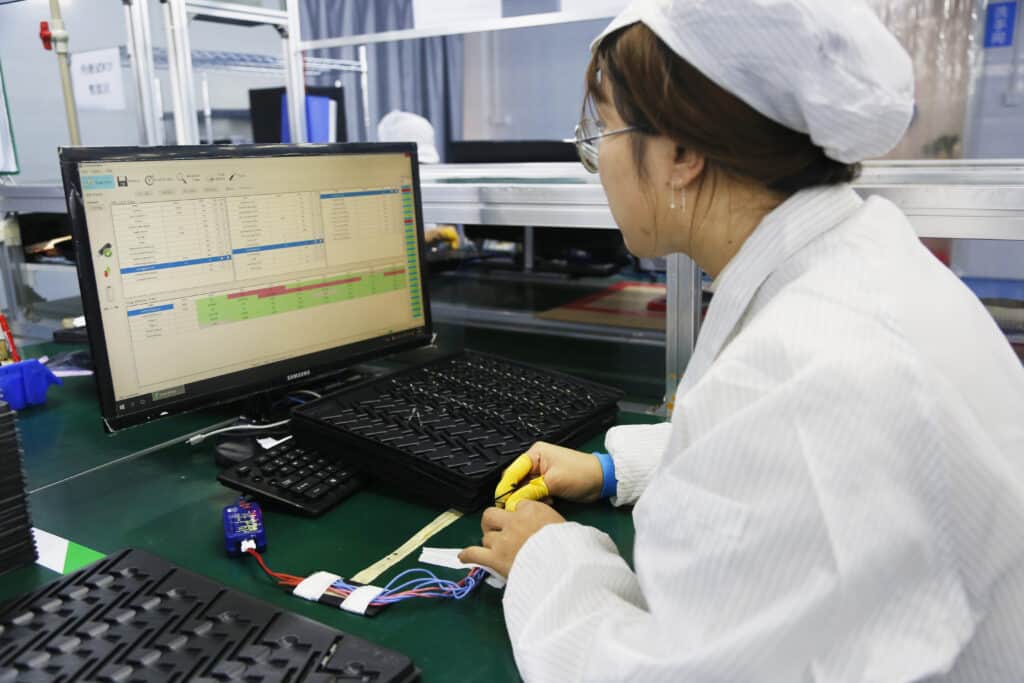How we guarantee high quality products throughout manufacturing process?
Our professional QC staff will inspect every process by detail by detail to ensure we have the highest standard of materials and finished products. We take responsible for every item we produce.




